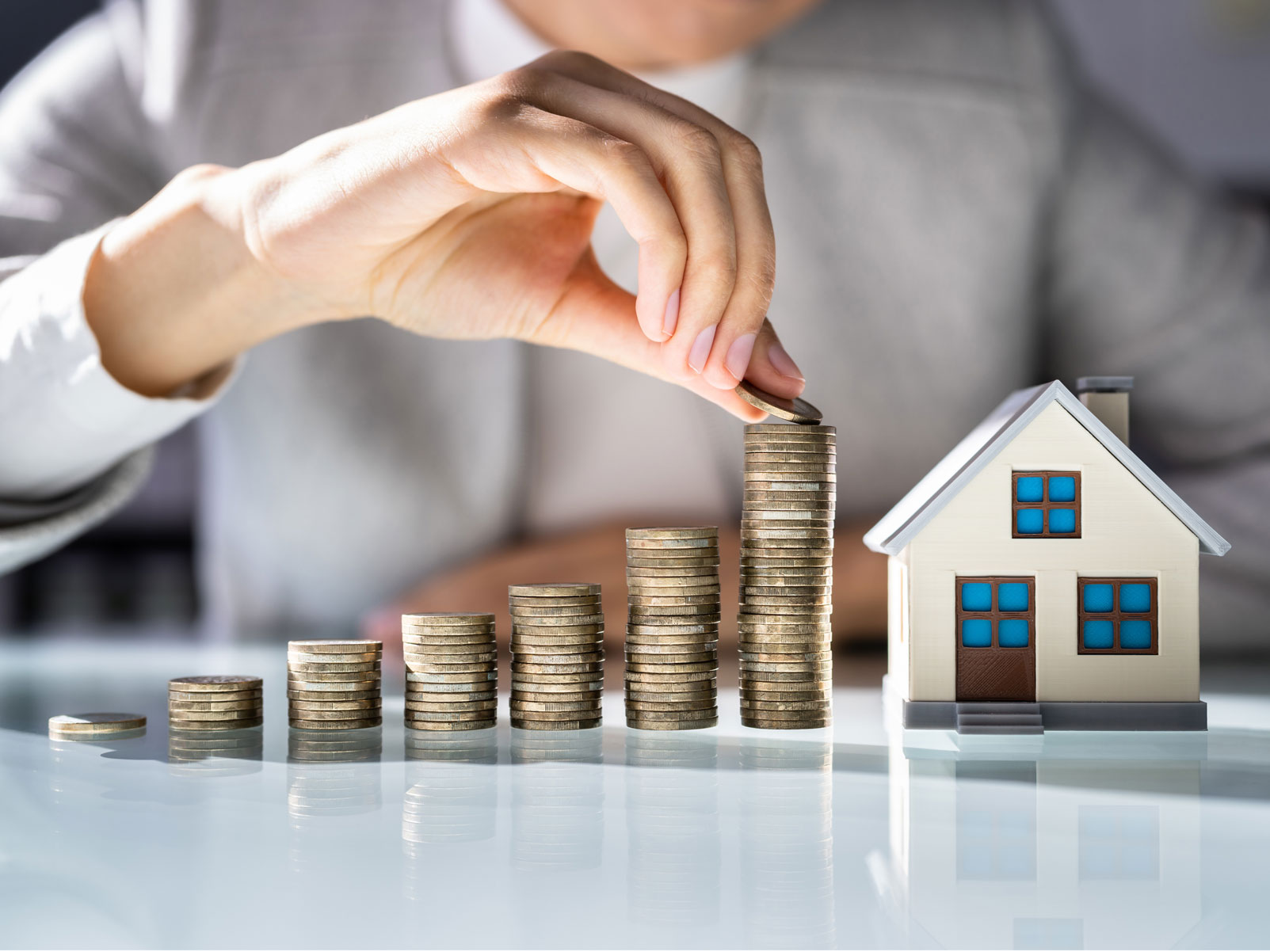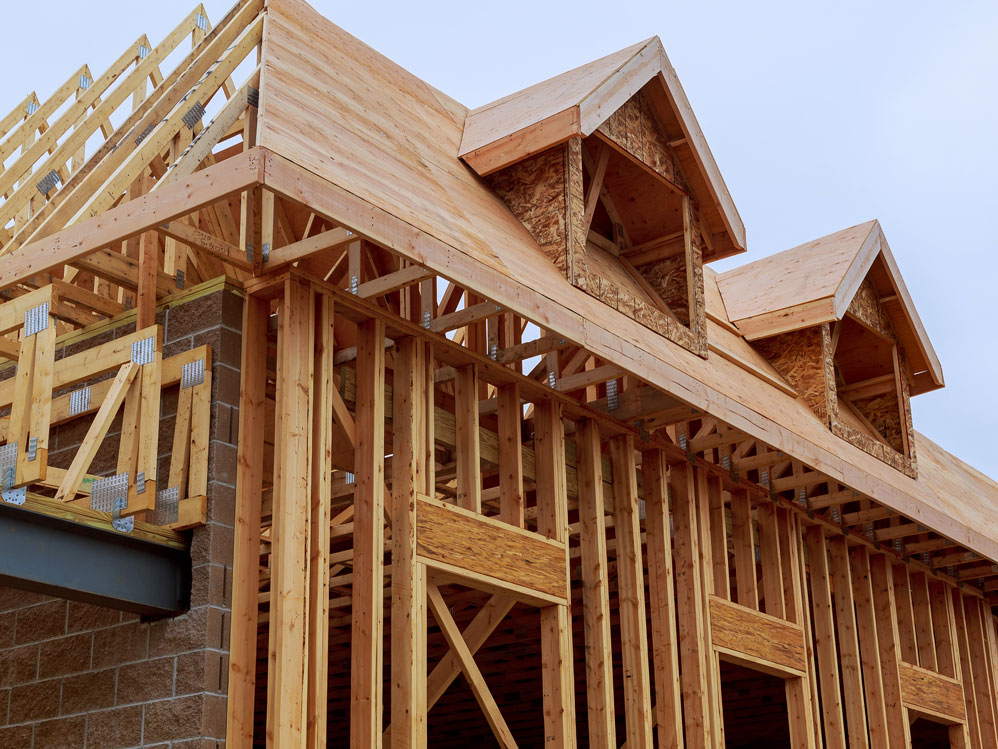Interest rates play a big role in the housing market, affecting both buyers and sellers. Whether rates are high or low can determine affordability, demand, and home prices.
Interest rates directly affect home affordability, buyer demand, and property values. Staying informed on rate trends is key to making smart real estate decisions!
Let’s break it down
1. How Interest Rates Affect Mortgage Costs and Affordability
- Higher Interest Rates: When rates go up, borrowing money becomes more expensive. This means higher mortgage payments, making homes less affordable. Some buyers may have to settle for smaller homes or exit the market altogether.
- Lower Interest Rates: When rates drop, borrowing becomes cheaper, allowing buyers to afford bigger homes or enter the market.
Example: On a $300,000 home with a 30-year fixed mortgage, increasing the interest rate from 3% to 6% raises the monthly payment from about $1,265 to $1,799—over $500 more per month!

2. How Interest Rates Affect Housing Demand
- Higher Rates: When rates go up, borrowing money becomes more expensive. This means higher mortgage payments, making homes less affordable. Some buyers may have to settle for smaller homes or exit the market altogether.
- Lower Rates: When rates drop, borrowing becomes cheaper, allowing buyers to afford bigger homes or enter the market.
3. Impact on Home Prices
- Higher Rates: Less demand can cause home prices to drop.
- Lower Rates: Increased demand often pushes home prices up as more buyers compete for available properties.
4. What This Means for Sellers
- High Rates: Sellers might see fewer offers and need to offer incentives (like covering closing costs) to attract buyers.
- Low Rates: Sellers benefit from faster sales and possibly higher offers due to strong demand.
5. Effect on Real Estate Investors
- Higher Rates: More expensive loans reduce profit margins, discouraging investment in rental properties and house flipping. However, with fewer buyers in the market, investors with cash or alternative financing can find unique opportunities, such as discounted properties and motivated sellers.
- Lower Rates: Lower borrowing costs can make real estate investing more attractive, increasing market activity.
6. How Interest Rates Affect New Home Construction
- Higher Rates: Builders face higher costs to finance new projects, which can slow down new home construction and limit supply.
- Lower Rates: Easier financing can encourage more building, increasing housing supply and stabilizing prices.

The Bigger Economic Picture
Interest rates are influenced by the Federal Reserve, which adjusts them to control inflation or boost economic growth.
- 2022-2023: Fed raised rates to combat inflation, leading to mortgage rates climbing above 7%, cooling the previously red-hot U.S. housing market.
- 2020-2021: During the COVID-19 pandemic (2020-2021), near-zero rates fueled a real estate boom as buyers took advantage of historic lows.
What’s Happening Now? (March 15, 2025)
Mortgage rates are currently averaging around 6.3%, with home prices still rising by about 3.7% per year. Policies on tariffs and labor shortages could also impact future housing costs. (Sources: NY Post, Barron’s)
The Bottom Line
Interest rates act as a lever in real estate:
- Low rates = More buyers, higher home prices
- High rates = Fewer buyers, slower market
If you’re considering buying or selling, keeping an eye on interest rate trends can guide you in making the most informed decision. However, collaborating with a professional who can maximize your outcome in either situation is essential!

Need help navigating the market? Let’s talk!



